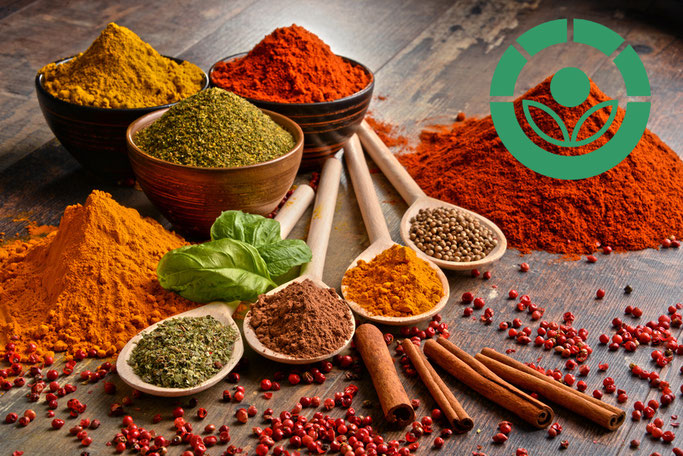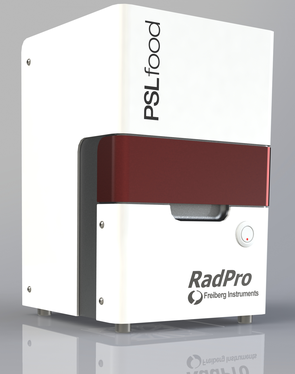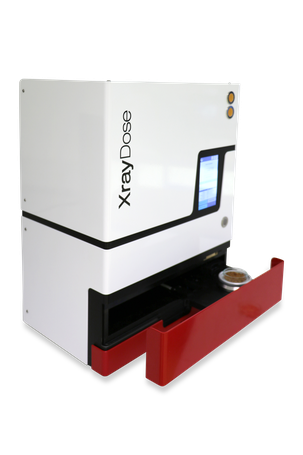What is food irradiation?
Food irradiation (exposure with gamma rays, electrons or X-rays) is a procedure to destroy parasites, pests and bacteria to extend the shelf life of food.
Food irradiation has been used to treat food since more than 50 years and it is a good alternative to chemical treatment.
How to check if the food samples have been irradiated?
Mineral debris, typically silicates or bioinorganic materials such as calcite which originate from shells or exoskeletons, or hydroxyapatite from bones or teeth, can be found on most foods. These materials store energy in charge carriers trapped at structural, interstitial or impurity sites, when exposed to ionising radiation. Excitation spectroscopy has shown that optical stimulation of minerals releases charge carriers. It has subsequently been shown that the same spectra can be obtained from whole herb and spice samples and other foods using photostimulation. PSL measurements do not destroy the sample, therefore whole samples, or other mixtures of organic and inorganic material, can be measured repeatedly. PSL signals, however, decrease if the same sample is measured repeatedly.

Food authorised for Irradiation in the European Union:
- Fruit and vegetables including root vegetables
- Cereals, cereal flakes, rice flour
- Spices, condiments
- Fish, shellfish
- Fresh meats, poultry, frog legs
- Raw milk camembert
- Gum arabic, casein/caseinates, egg white
- Blood products
National permission could be different to the EU authorisation.
PSLfood
Compact OSL Reader for Irradiated Food Detection (EN 13751:2009)

PSLfood is a compact and user-friendly PSL system (OSL Reader) specifically designed for the detection of irradiated food according to EN 13751:2009 – Detection of irradiated food using photostimulated luminescence (PSL).
This portable OSL reader offers excellent performance, combining intelligent software with an intuitive user interface for fast and reliable measurements in laboratories, food inspection, and quality control settings.
Key Features of PSLfood:
-
Compliance with EN 13751:2009 for food irradiation testing
-
Compact design – requires minimal desktop space
-
Lightweight and portable – ideal for field use and mobile labs
-
Drawer designed for standard Petri dishes (Ø 50 mm, height 20 mm)
-
Easy cleaning – removable drawer tray and protective glass
-
Smart software interface – user-friendly and efficient operation
Whether in a laboratory or on-site, PSLfood is your reliable solution for fast, accurate, and standardized detection of irradiated food products.
Xray Dose
X-Ray Irradiator for Food Sample Preparation

XrayDose is the ideal accessory for testing irradiated food in combination with our PSLfood or TLDcube systems. This compact X-ray irradiator enables precise exposure of food samples in compliance with food irradiation research and detection standards.
Key Features:
-
Designed for food samples in standard Petri dishes (Ø 50 mm) or small containers
-
Customizable radiation dose via an easy-to-change filter system
-
Touchscreen interface for fully autonomous and user-friendly operation
-
Perfect match for PSLfood and TLDcube in food irradiation analysis
With its compact design and intuitive controls, XrayDose allows laboratories and quality control facilities to simulate irradiation of food products for testing and calibration purposes.
| X-ray tube: | 50kV |
| Current adjustable: | 0.1 to 1.0mA |
| Dose rate: | >0.03 Gy/s up to >4.5Gy/s |